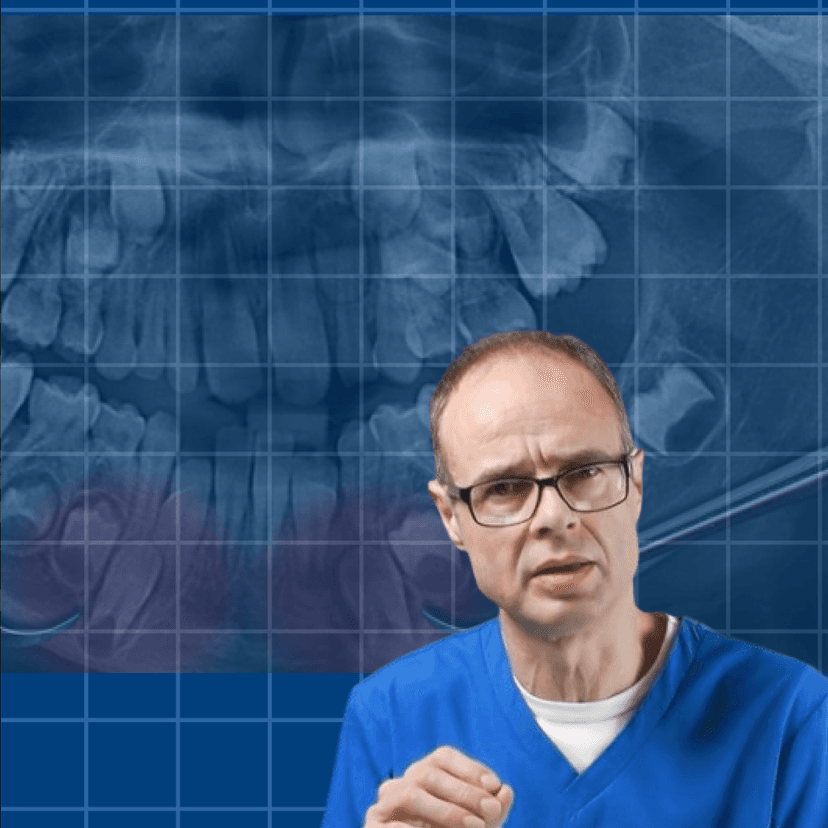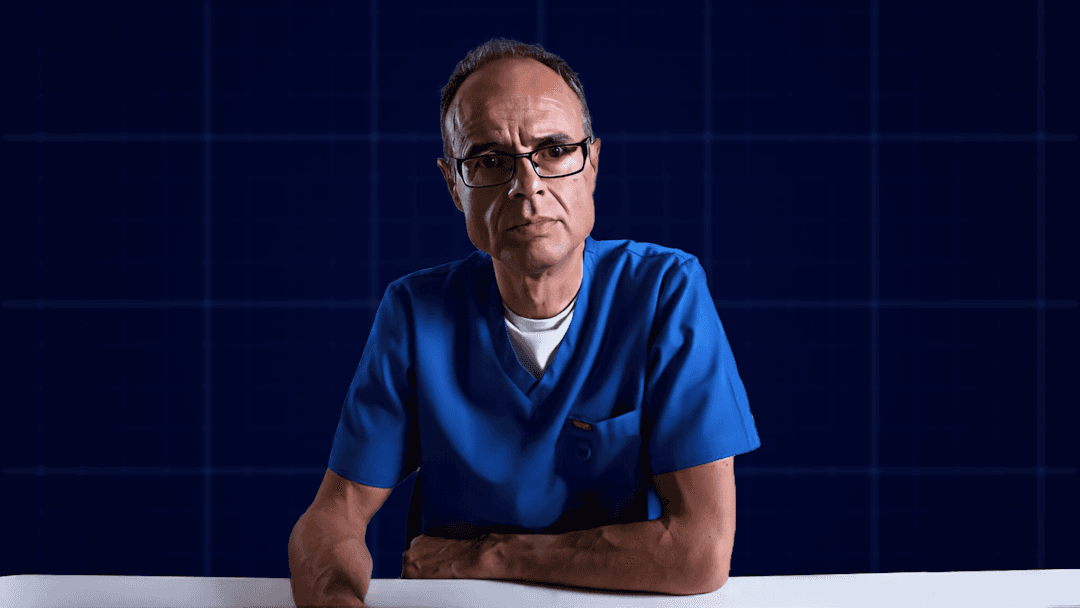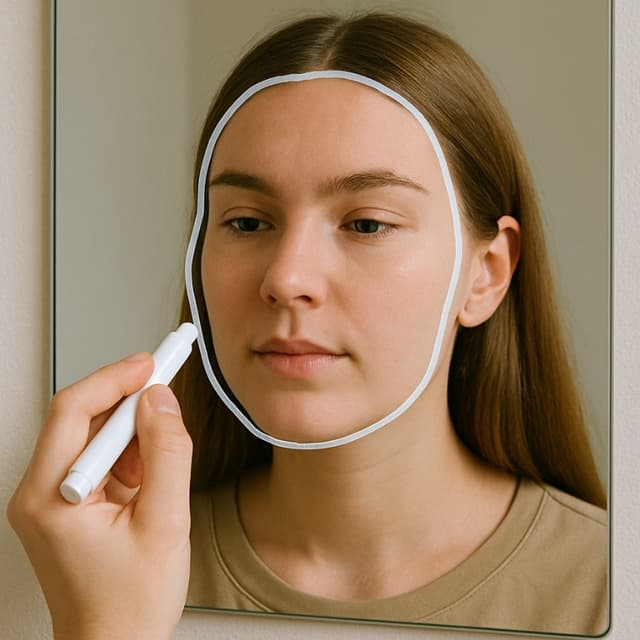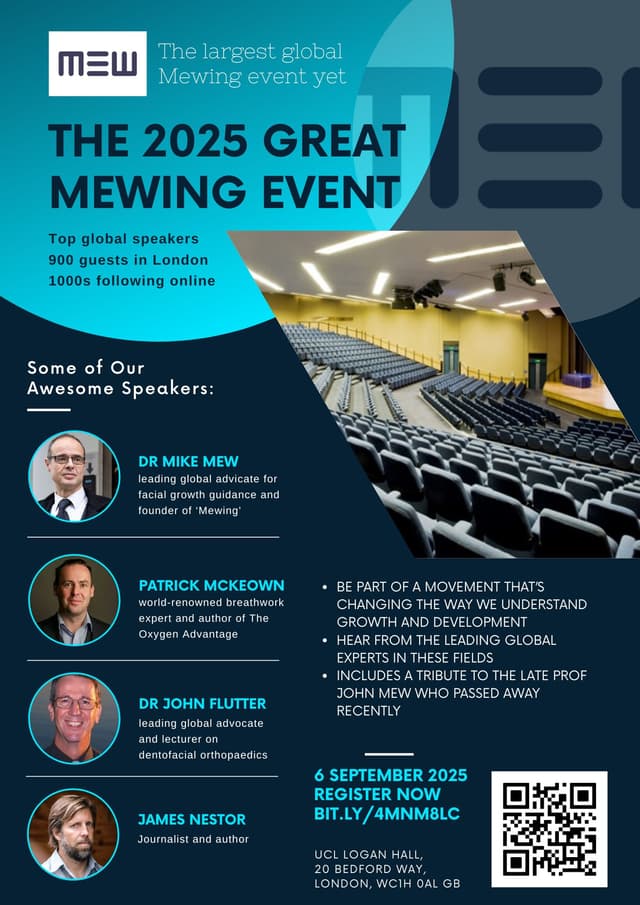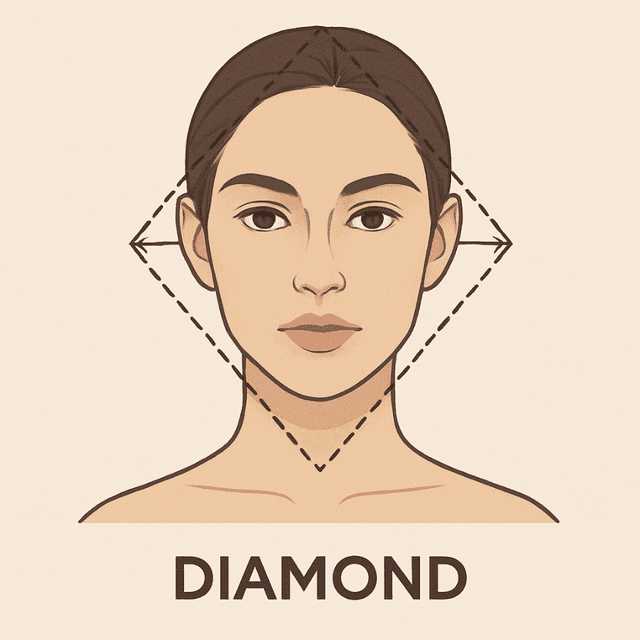For decades, traditional orthodontics has primarily focused on achieving straight teeth and a well-aligned bite. These goals are often accomplished using methods like tooth extraction and dental retraction to create space and correct misalignment. While these treatments can be effective in creating a beautiful smile, growing evidence suggests that such approaches may have unintended consequences on long-term health—particularly concerning airway function.
Many traditional orthodontic treatments involve extracting teeth to make space in crowded mouths, followed by retraction of the dental arches. This strategy, while addressing dental crowding, can inadvertently reduce the size of the oral cavity, leaving less space for the tongue and other soft tissues. As a result, the airway may become constricted, particularly during sleep. This reduction in airway space can lead to or exacerbate conditions like obstructive sleep apnoea (OSA), a serious disorder where breathing repeatedly stops and starts during sleep.
Research shows that sleep apnoea is associated with numerous health issues, including high blood pressure, cardiovascular disease, and even a reduced life expectancy. The condition can also lead to daytime fatigue, poor cognitive function, and mood disorders. Dr William Hang, a pioneer in airway-centric orthodontics, has raised concerns about the risks associated with traditional methods, noting that these procedures may contribute to a lifetime of breathing difficulties and overall compromised health.
It’s important to understand that airway health should be a primary consideration in orthodontic care. Orthodontic retraction may improve aesthetics, but it can also have long-term consequences on facial development, tongue space, and breathing. The focus of orthodontic care is shifting towards more holistic approaches, such as forward jaw development and airway-centric orthodontics, which aim to correct dental misalignment while preserving and even improving airway function.
Patients and parents must be aware of the potential risks associated with traditional orthodontic approaches, especially when it comes to tooth extraction and retraction. Choosing a treatment that prioritises overall health, including airway health, can make a significant difference in both quality of life and long-term well-being.
For those considering orthodontic treatment, it’s crucial to ask your orthodontist about their approach to airway health and jaw development. Ensuring that your treatment plan takes into account both dental aesthetics and proper airway function can help prevent future health problems.
To learn more about the risks of traditional orthodontics and airway-centric approaches, visit the Mewing YouTube channel, where you’ll find expert discussions on the subject. You can also gain access to resources by subscribing to the Mewing App by Mike Mew. Join the movement towards healthier orthodontic care and long-term well-being.
Download the MEWING APP:
Mewing App (Android)
Mewing App (Apple)
